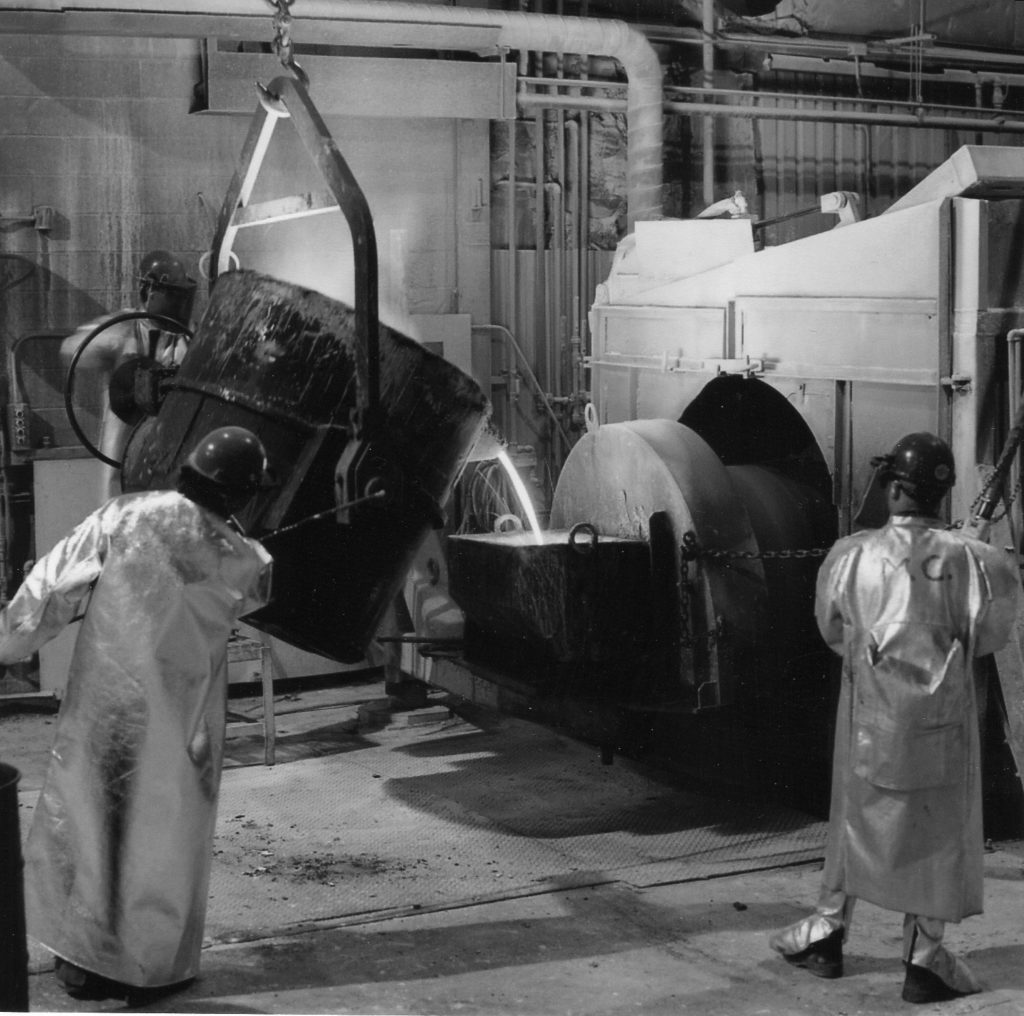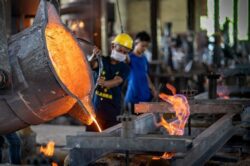The automobile industry has seen remarkable advances in steel casting techniques over the decades. From its early days, when crudely designed and manufactured parts were all that was available, to today’s highly efficient and precise methods of producing automotive components from metal alloys, steel casting has come a long way.
It is now an integral part of modern car manufacturing processes, providing manufacturers with more durable and reliable vehicle components. This article will explore the evolution of steel casting techniques used in automotive production throughout history and how these methods have helped shape the industry we know today.
History of Steel Casting in Automotive Manufacturing
The history of steel casting in automotive manufacturing is long and varied. In the early days, the process was primarily done by hand. This involved a laborious process of heating and hammering metal into shape before it cooled. Over time, more efficient methods were developed to make steel castings for cars faster and more accurate. One of the first major advancements came in 1885 when William Sellers invented the machine called the automatic core-making machine which could produce multiple identical cores quickly from one mold pattern.
The next major innovation came with the introduction of centrifugal casting machines in 1895, which allowed manufacturers to create complex components with intricate details at high speeds using molten metal poured into rotating molds. In 1910, continuous foundry processes began being used that allowed automakers to simultaneously pour molten metal into large numbers of specialized molds on a single line without interruption or manual intervention.
This method gave rise to mass production techniques that made automobiles much cheaper than ever before possible thanks to increased efficiency and accuracy offered by automated processesTodayys technologies are even more advanced than those used decades ago, allowing automakers to create highly detailed parts out of both ferrous and non-ferrous metals with incredible precision while still maintaining cost-effectiveness due to advances like 3D printing systems that can be programmed for custom designs or rapid prototyping tests during development phases.
Evolution of Steel Casting Processes and Technologies

Source: b2525219.smushcdn.com
The evolution of steel casting techniques in automotive production has been a long and complex journey. From the very beginnings of foundry work, when metalworkers used clay or sand to form molds with hand tools, to modern multi-step processes that involve computer-aided design (CAD) and manufacturing (CAM), advancements have been made over time that has improved product quality and increased throughput.
In recent years, new technologies such as 3D printing and robotic manipulators have enabled faster prototyping cycles while advanced control systems allow for greater precision in the finished castings. Steel casting processes are constantly evolving too; newer methods such as vacuum molding help reduce defects while automated equipment helps minimize labor costs. As technology continues to progress, we will likely see further developments in the coming years that could revolutionize how steel castings are produced for automotive applications.
Impact of Advanced Steel Casting on Automotive Manufacturing Efficiency
The automotive industry has been revolutionized by the use of advanced steel casting techniques in recent times. Steel casting is a process where molten metal is poured into molds and cooled to form desired shapes. This method has become increasingly popular for its accuracy, strength, durability, and cost-effectiveness when it comes to producing components for vehicles. Advanced steel casting techniques have allowed automakers to produce more efficient parts with fewer defects due to increased quality control as well as improved production speeds.
One major benefit of using advanced steel casting techniques in automotive production processes is enhanced efficiency. By utilizing standardized molds that are designed with precision engineering, manufacturers can reduce the time required to create each component which leads to greater cost savings overall. Additionally, less wastage is created during production since accurate measurements can be taken from the mold itself rather than having to be manually calculated or adjusted post-production – saving both time and money on each part produced. This means more parts can be manufactured within shorter periods at lower costs per part.
Another advantage of using advanced steel casting methods in automotive manufacturing is the ability for automakers to customize their components according to specific needs or requirements without compromising on quality or performance levels – something that would not have been achievable through traditional manufacturing processes such as stamping or machining. This allows them greater flexibility when designing vehicle parts while still ensuring they are built safely and securely according to standards set by governing bodies around the world; thus improving overall safety on our roads too!
In conclusion, advanced steel casting techniques have had an immense impact on automotive manufacturing efficiency over recent years thanks largely due its speed and accuracy during production combined with its ability for customization options if needed – all contributing towards significant cost savings for automakers while simultaneously increasing safety measures across global fleets of vehicles too!

Source: cdn.reliance-foundry.com



